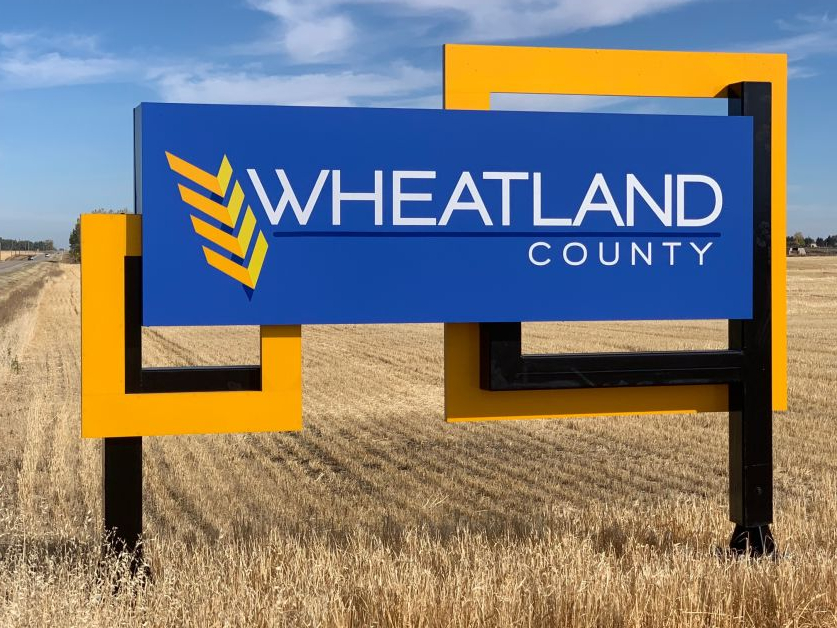
The Leonhardt family held its family reunion over the weekend, July 7 to 9, at the Verdant Valley Community Centre. A total of 207 family members were in attendance, with the furthest attendees coming from Toronto, and some from Chicago. Normally, the family gets together every five years, though this reunion was postponed an additional three years due to the COVID-19 pandemic, and celebrates the Leonhardt family legacy as one of the first families in the Drumheller area to homestead. The Leonhardt family can trace their direct family history back to the 1700s where Konrad Leonhardt left the Frankfurt area in Germany and emigrated to Russia during the time of Catherine the Great; during this period, German settlements were encouraged along the Volga River, and for over 150 years the Leonhardt family farmed and lived in the village of Grimm in Russia before oppressive political conditions prompted them to make the difficult decision to leave everything behind and come to North America. The family spent some time in Chicago before making their way north to Canada. Today, three family members from the first generation of Leonhardts to make their way from Europe to Canada remain—Ron Leonhardt, Shirley Davidson, and Eleanor Richmond; there are five surviving branches of the family, with one branch still in Chicago. During the reunion, the family enjoyed a family heritage treasure hunt among many other outdoor activities, as well as just enjoying catching up and renewing ties. Family trees from the various branches of the family were on display, as well as photo albums and posters with family photos. Each family wore different colours to represent the various branches of the family tree (l-r) in red were descendents of Jacob Leonhardt, in yellow the descendants of Amelia (Leonhardt) Salzman, in green the descendants of Julius Leonhardt, and in blue the descendents of Alex Leonhardt.









